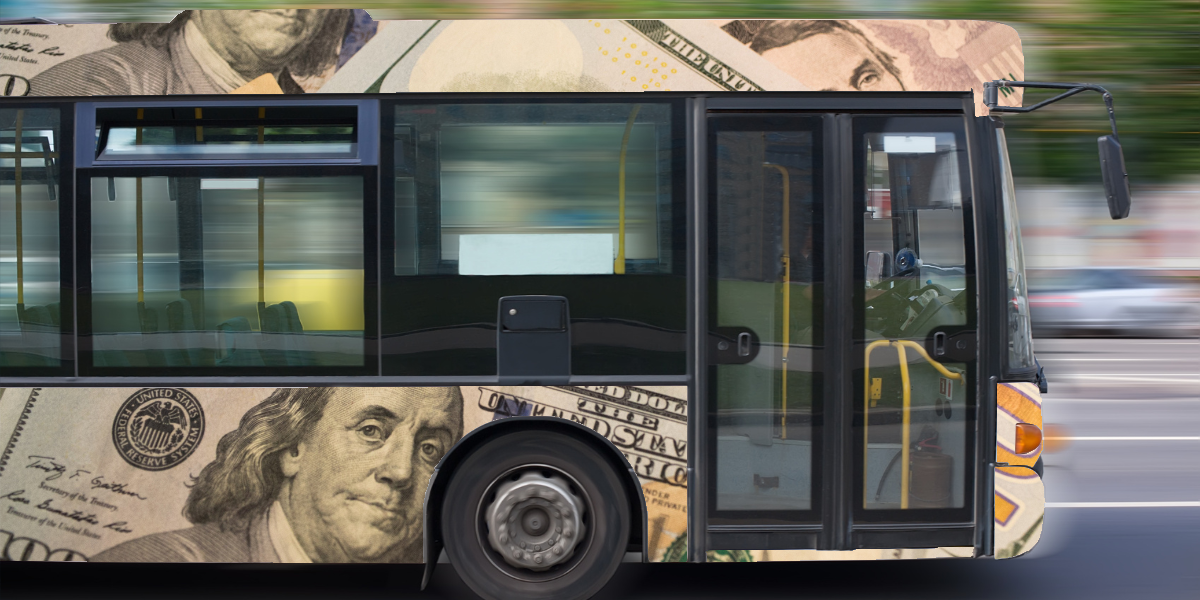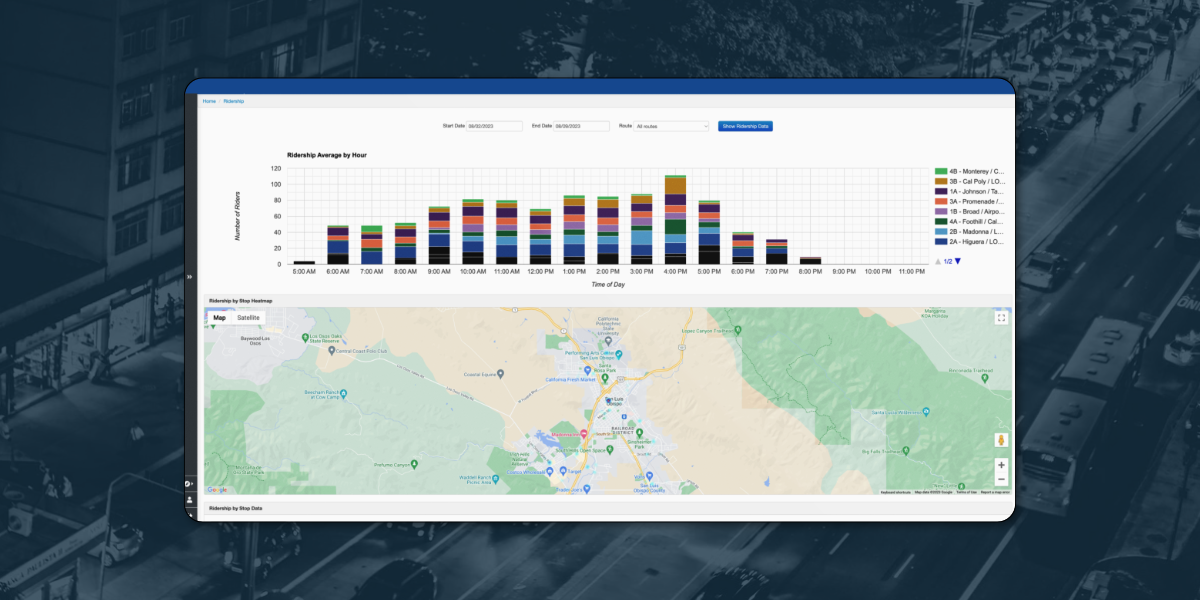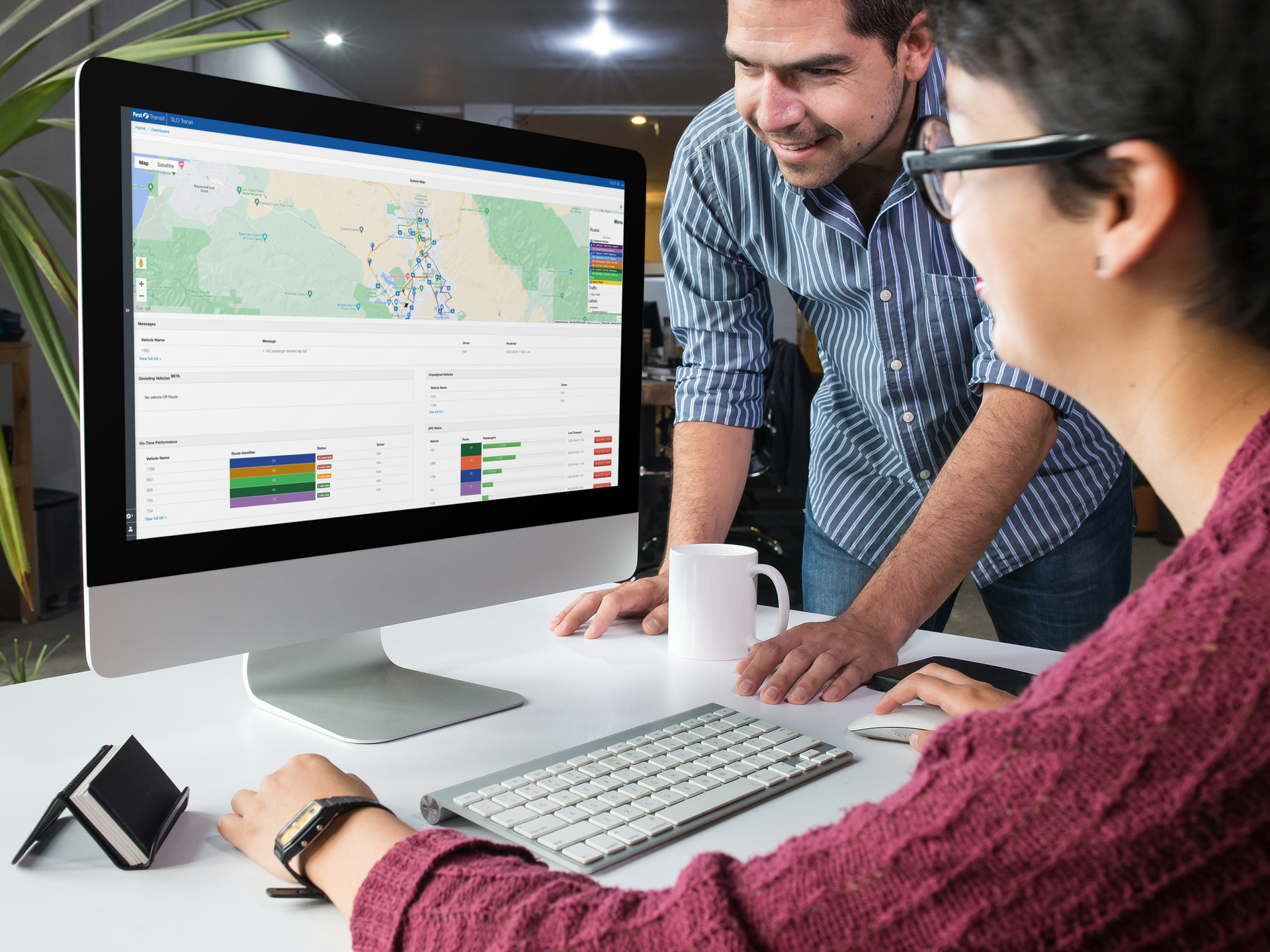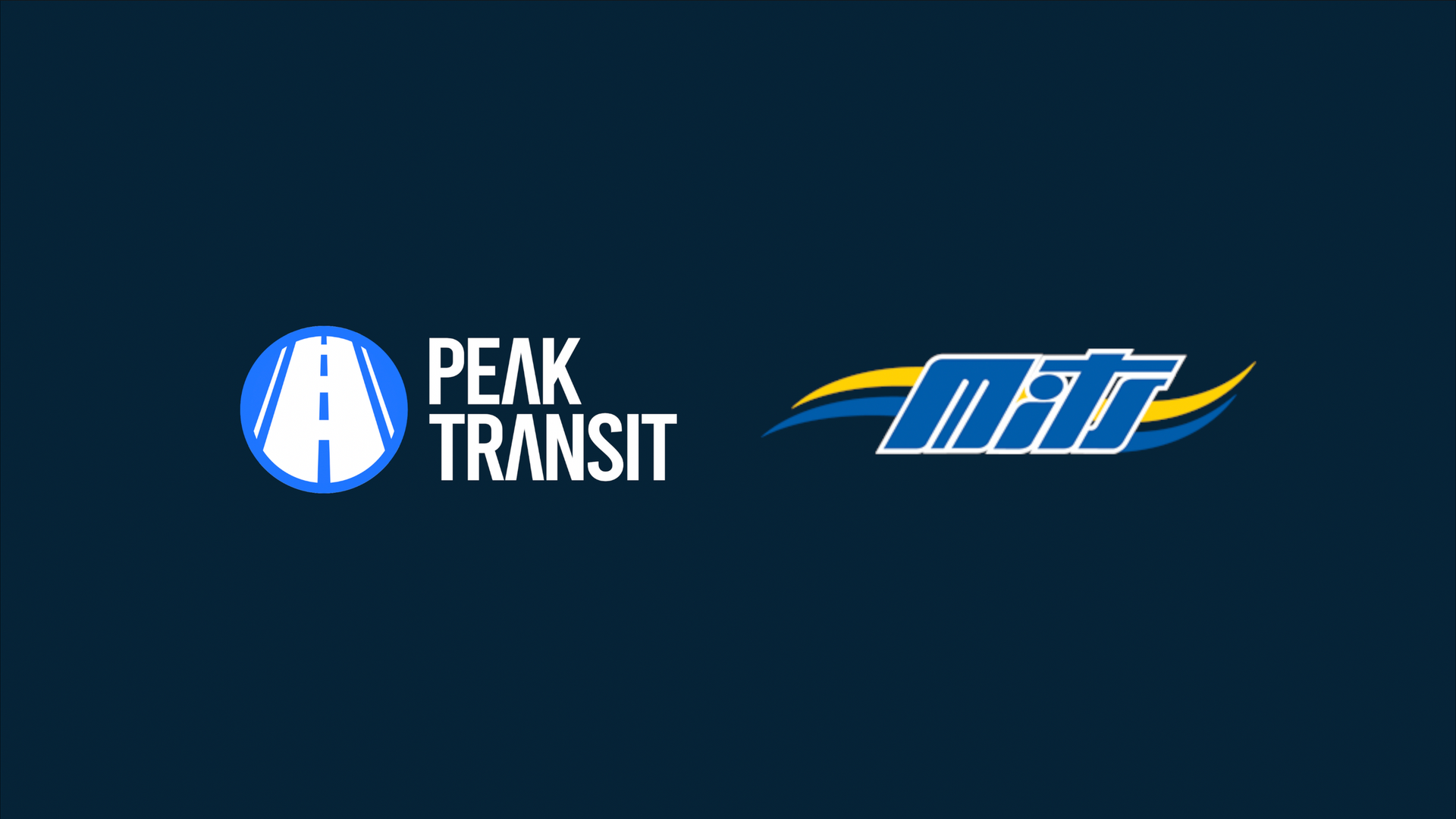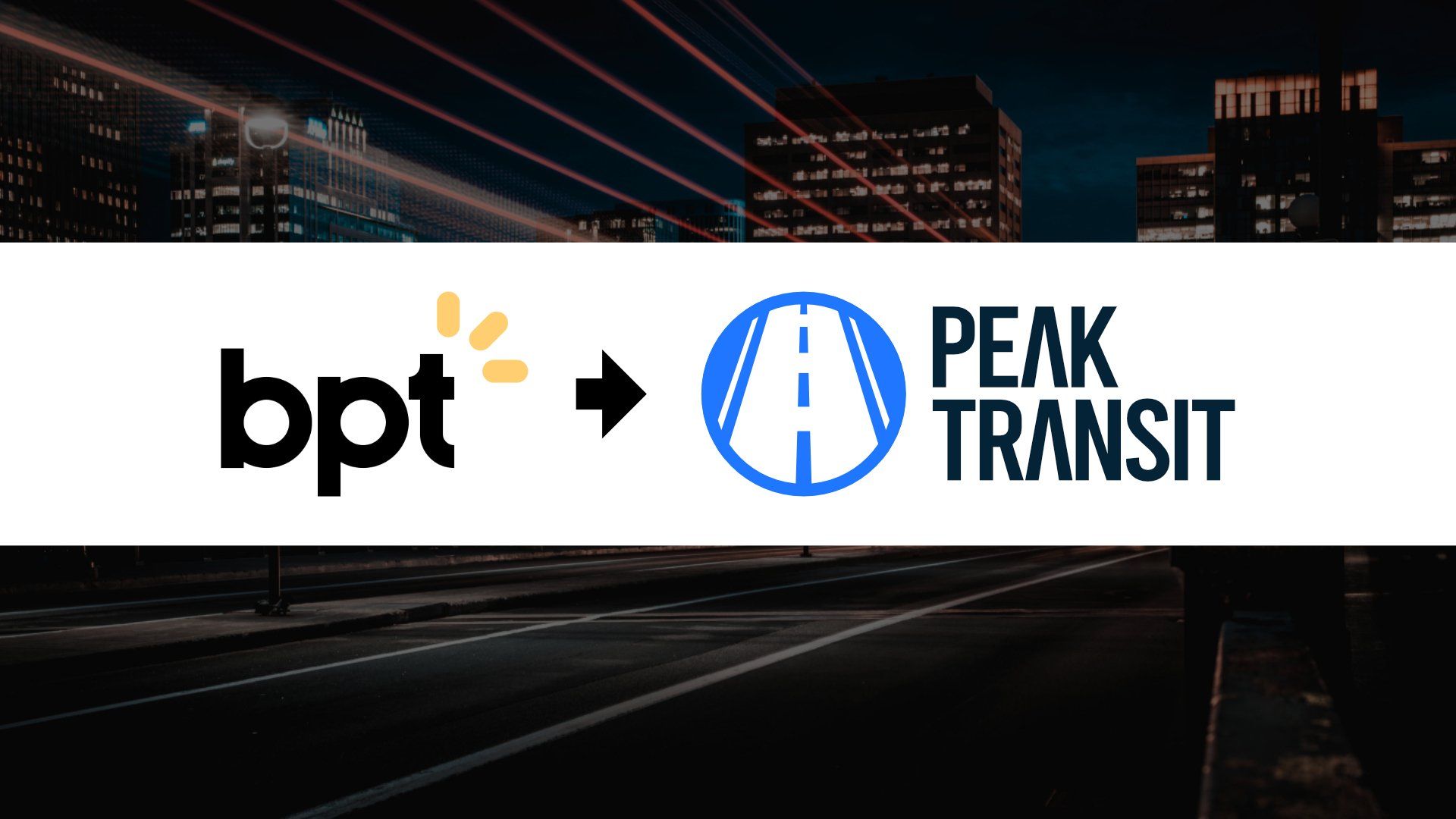
Change is a constant in the world of technology and innovation, and businesses often find themselves at crossroads where transformation becomes necessary for growth and evolution. In the case of Bishop Peak Technology (BPT), a pioneering force in Intelligent Transportation Systems (ITS), change is not just a necessity but a step toward enhancing its identity and services. This transformation has led to the birth of Peak Transit – a name that not only reflects a company's journey but also its commitment to delivering top-notch transit solutions.
The Evolution Begins: From BPT to Peak Transit
As a company that has been at the forefront of providing cutting-edge ITS services, BPT has amassed a wealth of experience and an impressive track record. However, the company recognizes the importance of staying current, relevant, and aligned with the rapidly evolving landscape of transit technology. This realization sparked the decision to rebrand as Peak Transit, signifying the peak of innovation, performance, and customer satisfaction.
What's in a Name?
A name change signifies more than just different letter combinations; it encapsulates a new era, a fresh outlook, and renewed commitment. The transition from BPT to Peak Transit encapsulates the company's vision to be a peak performer in the realm of transit technology. This new identity encapsulates the company's drive to elevate transit experiences to new heights, while retaining the values and expertise that have been the backbone of its success.
Consistency in Excellence
While the name might have changed, the dedication to excellence remains unwavering. Peak Transit continues to offer an array of state-of-the-art products and services that have been the hallmark of its reputation. From the renowned Computer-Aided Dispatch / Automatic Vehicle Location (CAD/AVL) system to the innovative Rider App, Mobile Data Terminals, Automatic Passenger Counters (APC), Automatic Voice Announcements, and Digital Signage – each offering carries the promise of quality, efficiency, and reliability.
The Power of Adaptation
The decision to change from BPT to Peak Transit is not merely a superficial shift. It reflects a profound understanding of the importance of adaptation. In a world where technology is advancing at an unprecedented pace, businesses that can adapt while maintaining their core values are the ones that thrive. Peak Transit's ability to embrace change while staying true to its commitment to customer satisfaction showcases its resilience and dedication.
Continuity Amidst Change
While the name might have transformed, the team, the dedication, and the passion behind the brand remain unchanged. Peak Transit's team of experts, with their extensive experience and dedication to delivering top-notch transit solutions, continues to work tirelessly to ensure that transit agencies receive the best in terms of technology, support, and innovation.
Looking Ahead: The Peak Transit Promise
In the journey from BPT to Peak Transit, the company reaffirms its promise to transit agencies: a commitment to delivering intelligent transit solutions that revolutionize the way communities commute. With a name that reflects its aspirations, Peak Transit is poised to set new standards in transit technology, elevate rider experiences, and contribute to the advancement of transit systems globally.
In conclusion, the transformation from Bishop Peak Technology to Peak Transit is more than just a name change. It signifies a commitment to growth, innovation, and embracing change to better serve transit agencies and riders. With an unwavering dedication to excellence, Peak Transit is all set to ascend new heights in the realm of transit technology, making a lasting impact on communities and revolutionizing the way we think about transit.
